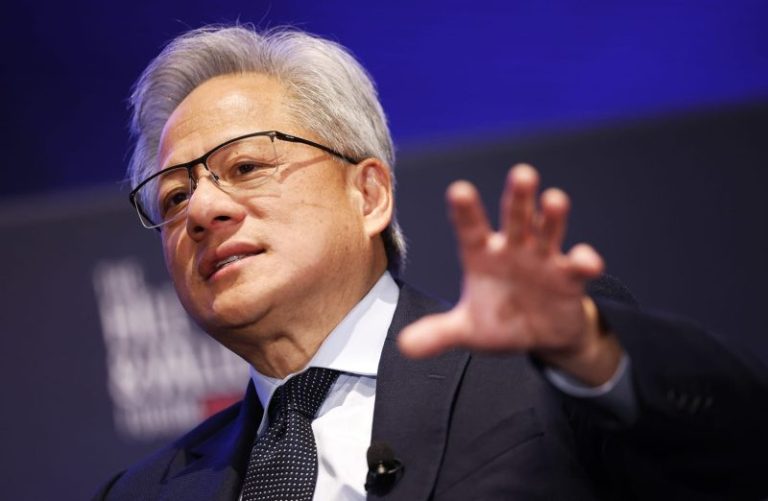Cox Communications has been a potential takeover target for years. But despite several attempts from multiple suitors, the company always remained steadfast in rejecting all buyout proposals.
However, that changed today, May 16, with an announcement that Cox has agreed to be acquired by Charter Communications Inc in a deal that values it at $34.5 billion.
So, what made Cox finally say “yes” to an acquisition after resisting it for so long?
According to industry expert Craig Moffett, it may have been evolving dynamics of the wireless market, particularly an opportunity for Cox to benefit from Charter’s existing mobile strategy, that made the cable television company yield on Friday.
Charter-Cox merger is all about wireless
Craig Moffett is convinced that the Charter-Cox merger is less about cable industry consolidation and more about the companies positioning themselves for a wireless-dominated future.
In the official announcement, both Charter and Cox were described as providers of mobile and broadband services, with mobile coming first, noted the senior MoffettNathanson analyst in an interview with CNBC today.
This highlights the increasing importance of wireless in the cable industry’s business model.
Cable operators have long been transitioning away from reliance on traditional video services, shifting focus to broadband as the core offering.
Now, the next frontier is “mobile”, he added.
Cox gets access to a better wireless deal
Another notable factor influencing Cox’s decision may have been Charter’s existing agreement with Verizon, argued Craig Moffett on “The Exchange”.
Charter operates as a Mobile Virtual Network Operator (MNVO), reselling VZ’s network access under better financial terms compared to Cox’s current arrangement with Verizon.
The merger enables Cox to take advantage of Charter’s more favourable wireless deal, strengthening its ability to compete in the bundled mobile and broadband market.
Moffett believes Cox recognised that if the industry’s future is centred around wireless bundles, having an advantageous relationship with Verizon was crucial.
Merging with Charter wins it access to a better wireless strategy, positioning itself to thrive in an increasingly mobile-centric industry.
Charter-Cox merger is inspired by changing industry priorities
While traditional cable TV may still be part of the equation, Craig Moffett said that cable providers have been moving away from viewing video services as their core business for decades.
Instead, broadband has been the backbone of profitability, and mobile is rapidly becoming the next major area for growth.
While competitors like AT&T and Verizon are aggressively expanding their bundle offerings, Cox likely determined that continuing to operate alone would leave it at a disadvantage.
A partnership gives it a strong market position without having to build a competitive wireless infrastructure of its own, he added.
Bottom line
All in all, Craig Moffett believes the Charter-Cox merger is entirely about strategy.
Teaming up with Charter, Cox gains stronger wireless capabilities, access to better infrastructure deals, and a firmer foothold in an evolving industry landscape.
The merger signals that broadband and mobile convergence are now the driving forces in telecom.
If Charter and Cox execute their integration effectively, this deal could solidify their standing as major players in the next phase of the industry.
The post What made Cox Communications say ‘yes’ to a buyout after years of resistance? appeared first on Invezz




